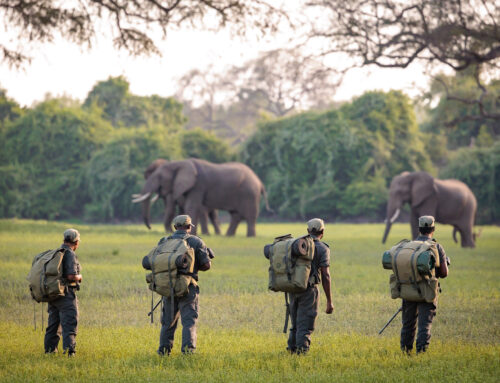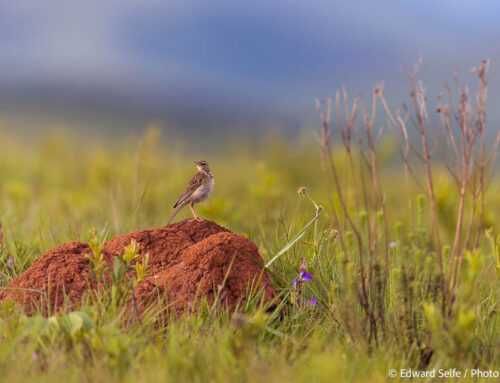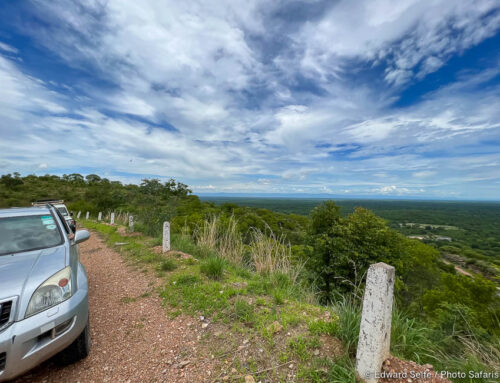While international travel to Zambia is open, many people’s personal situations, their home nations’ restrictions and the risks of travelling across the globe have continued to depress tourist numbers to Zambia. I have researched the option of running a couple of photo safaris towards the end of this year, but the risks of trying to co-ordinate group travel in a highly unpredictable world has encouraged me to err on the side of caution and look ahead to next year.
However, domestic travel within Zambia is safe and open, so I have taken the chance to visit several of the areas where I lead safaris in order to keep abreast of developments and reassure my guests for 2021 that they continue to offer a quality experience! I can say, without hesitation, that Musekese Camp (a large part of my Kafue & Busanga Adventure tour) only gets better as the years go by!
I had previously visited this area last year and enjoyed a wonderful safari with JM Safaris’ owners Phil Jeffery and Tyrone McKeith. With quality guides who know and love their area intimately, I could immediately see the opportunities for photo safaris. I was keen to return, develop my knowledge of the area and enjoy more time in the company of guides who, like me, love doing what they do. They are also both keen photographers themselves!
On arrival in camp (I had driven the easy 5 hour journey from Lusaka), I remembered exactly why I love this beautiful area. In front of the main deck of the camp, where the team had laid up lunch, is a vista to challenge any in Africa. Elephants were bathing in the hot, black mud, puku and waterbuck were grazing and resting just meters from the deck, waterbirds of all varieties dabbled, gleaned, speared and angled along the channels and, with help from vigilant antelope, we spotted 3 lions resting in the shady grasslands on the far side of the dambo… There were even two pairs of highly-endangered wattled cranes. Quite a greeting.
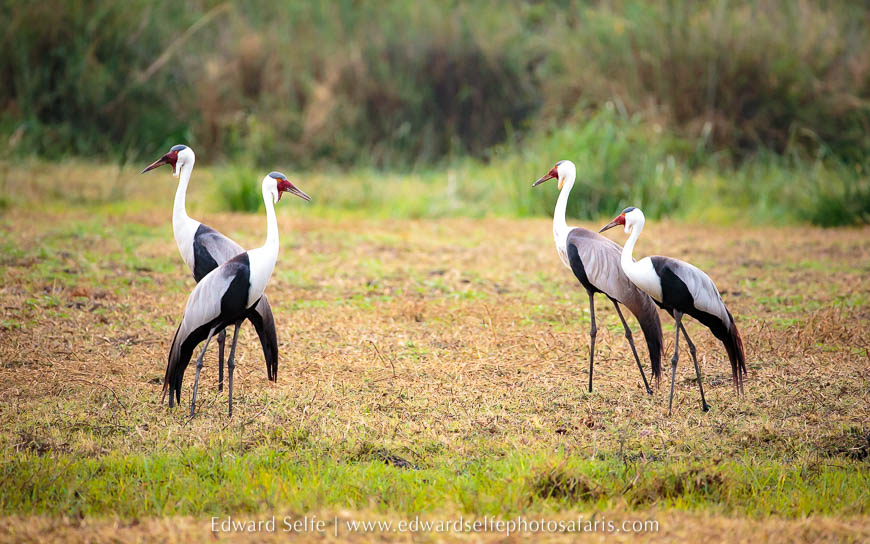
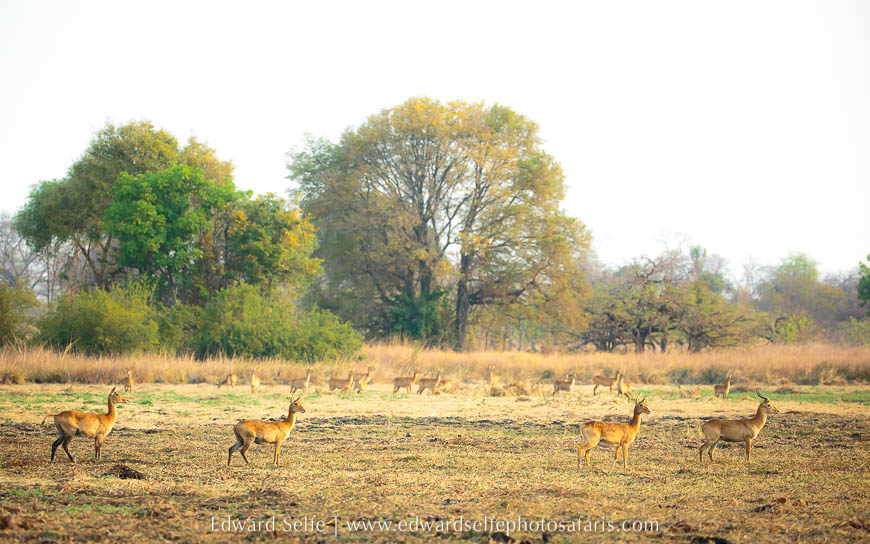
Our first afternoon outing was fun; the lions were bumped from their resting place by elephants emerging from the thickets. Sadly they came no closer to us and remained out of reach in the middle of the muddy dambo. But the elephant ‘parade’ continued with small herds massing into a large group of nearly 25 elephants which approached us across the open pan. I wanted to photograph them crossing the channel in the middle of the pan, and Phil knew exactly where they would do so. A short drive later and we were in position for great shots as they played in the mud!
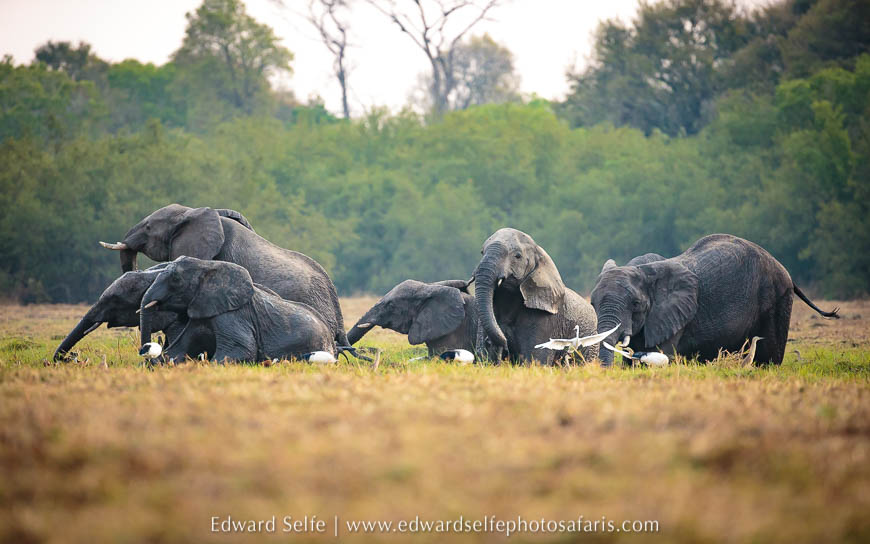
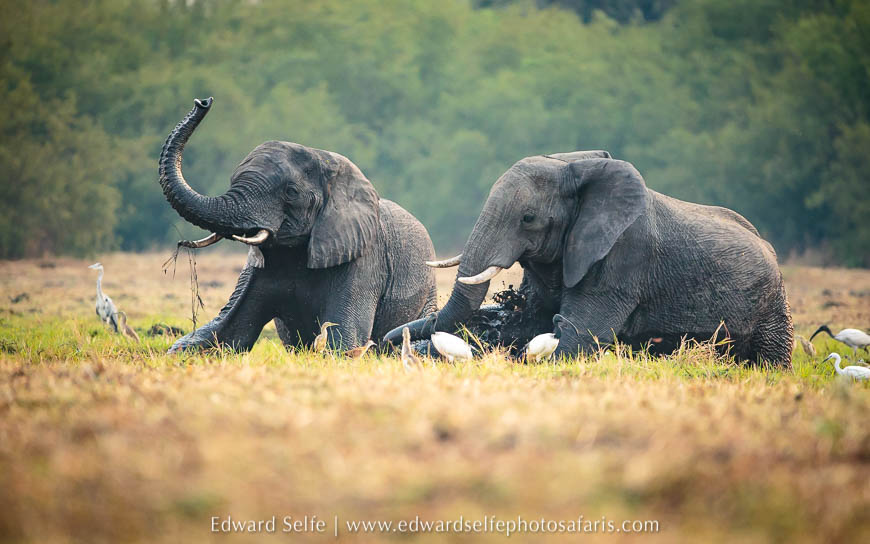
We spent the rest of the afternoon moving slowly along the thickets behind the pan and on the riverine strip that borders the Kafue River. We hoped for leopard – as I’d had excellent sightings the previous time – but the they were not to be seen that day. However, the soft orange light on the antelope among the small termite mounds was beautiful anyway!
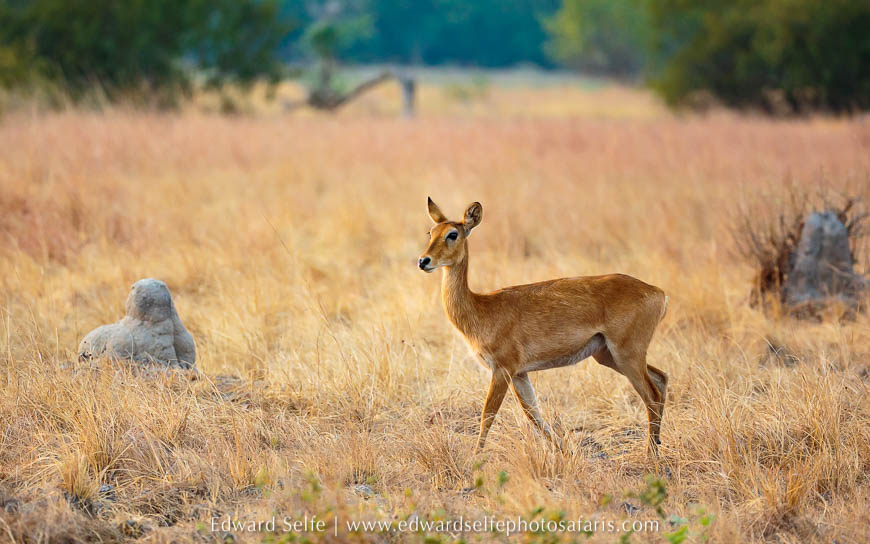
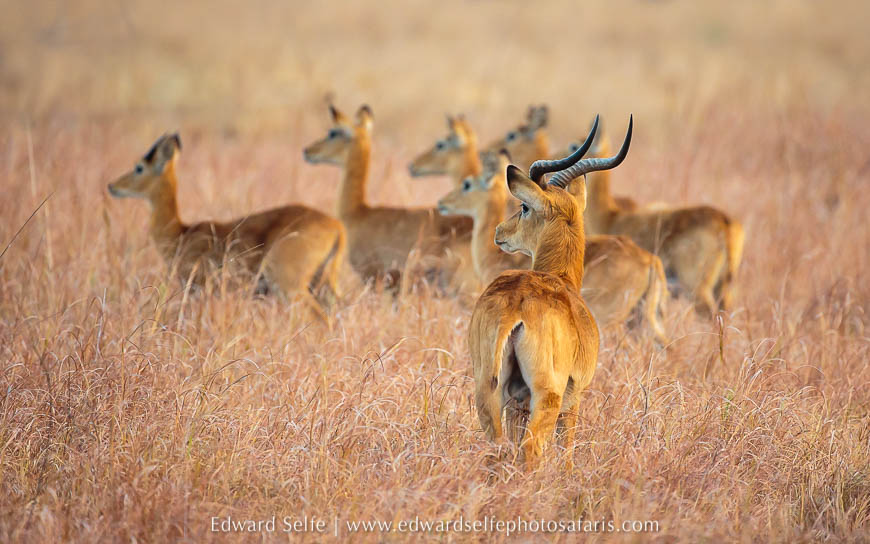
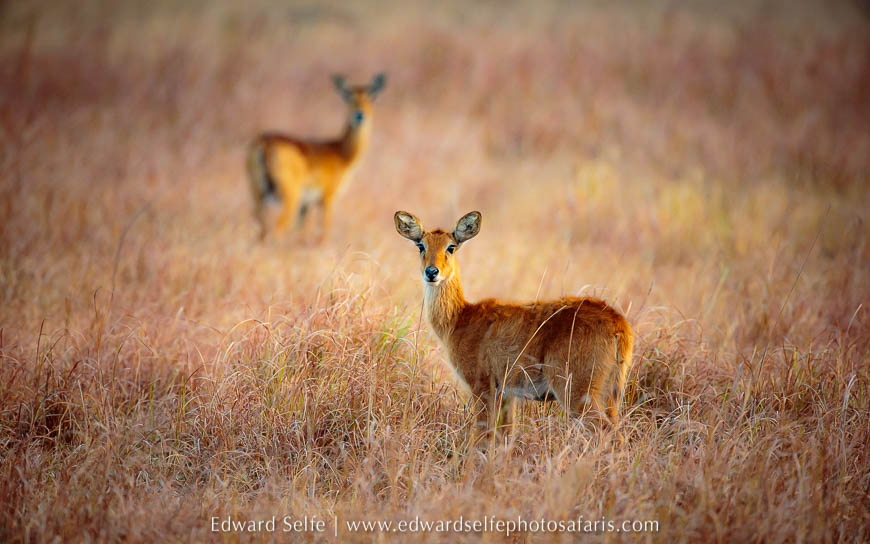
The following day, the predators started to show themselves, but in slightly startling proximity! The Musekese lions were resting along the Kafue River banks enjoying the breeze coming off the water. One of the cubs was missing and we assumed that it was hidden in the reeds. But as we left the scene, we spotted first a lion cub in the grass and then a big male leopard approaching it….
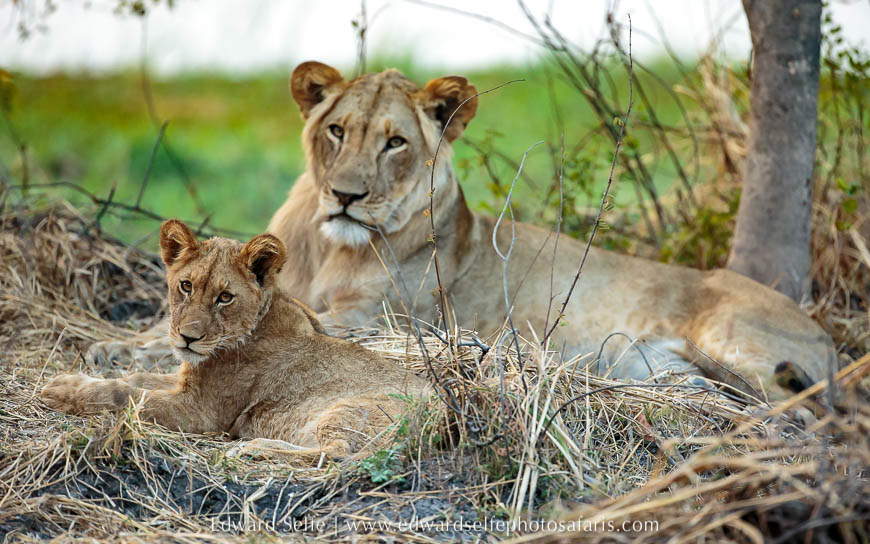
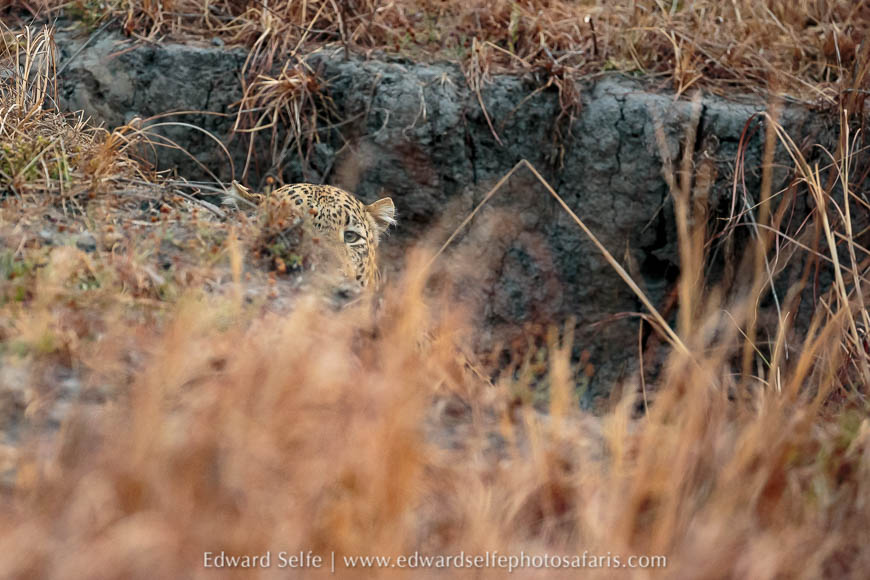
Lion and leopard are not good friends, and both will take any chance to kill the other to reduce competition. We worried about the safety of the lion cub which would have been no match for an 80kg leopard! We kept our distance from them both, taking photos when we had a chance…
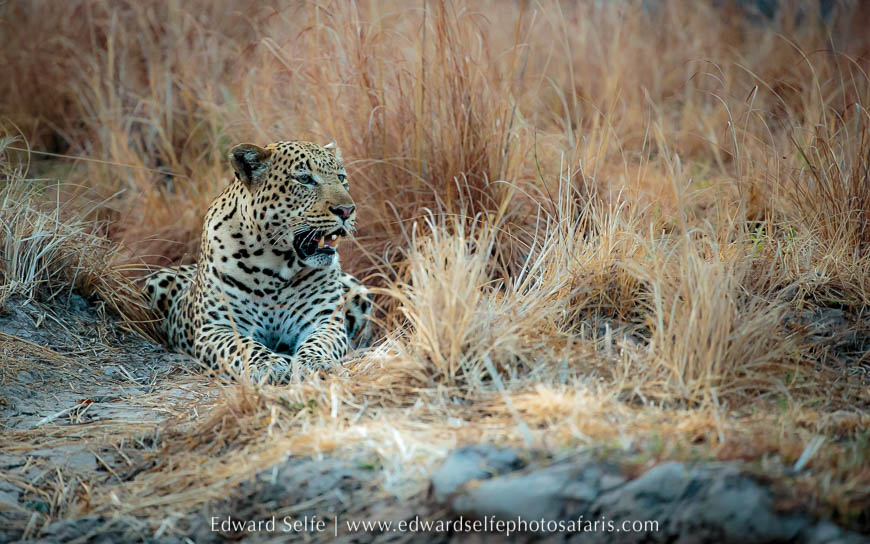
The leopard might only have caught the smell of the lion, rather than getting a good view, so took the sensible decision not to approach closer. We followed him as he wandered off into the bush and started his evening’s activities. We didn’t return to check for the lion cub, preferring to leave it to find its pride under the cover of darkness.
We went further the following morning, in hope of finding one or more of a family of 3 leopards who live in the waterberry thickets along the river. Emerging from one of the gulleys a young leopard gave us a brief, but beautiful, sighting in lovely morning light. She settled into a comfortable thicket where we couldn’t see her, so we left and hoped to catch up with her in the afternoon.
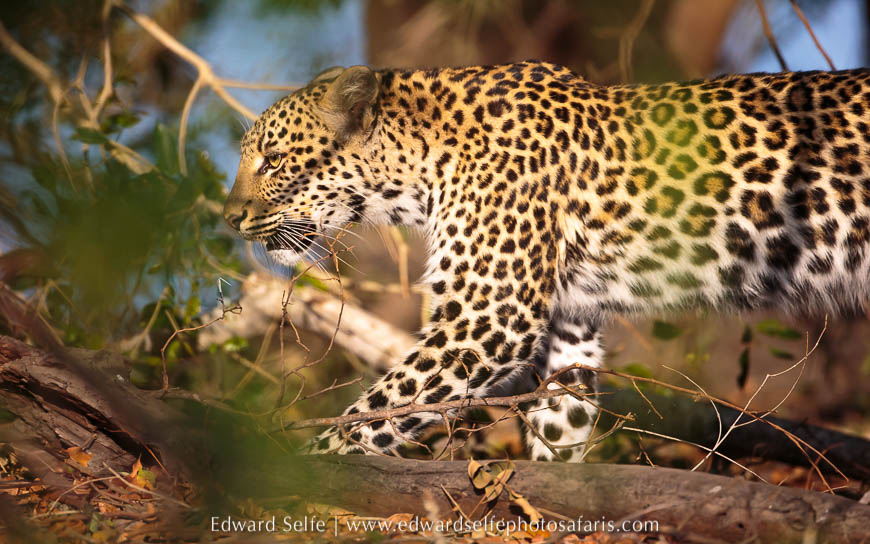
The joy of Musekese is that there are no other safari camps in that area. In fact the nearest is many kilometres away! Added to this, there is so much game in the area that there is no need to “go anywhere”; taking it slow along the area’s bush roads will always reveal sightings in due course. So safari drives are focused entirely around the actions of animals and their behaviour, which is increasingly a luxury in most safari areas in Africa.
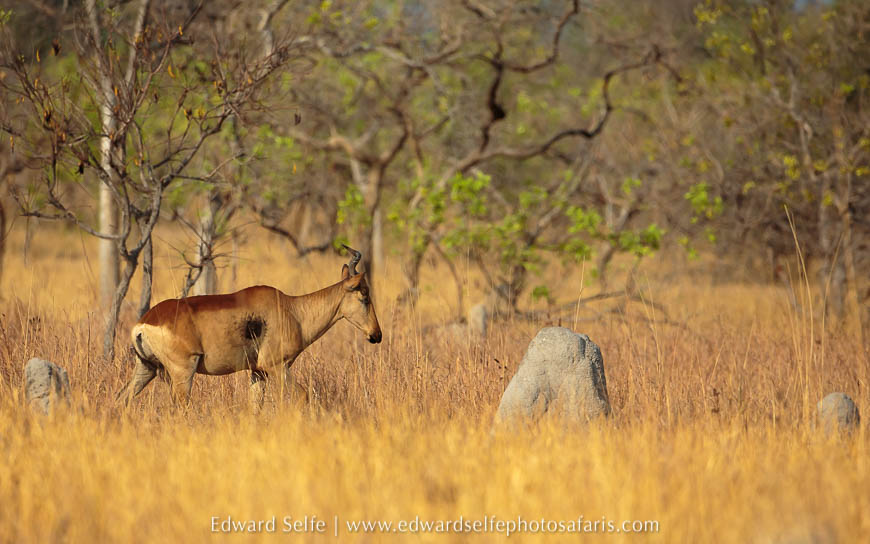
We headed out to find the young leopard in the afternoon, but didn’t make it that far! The lions had settled on a small termite mound in the shade and, as the sun dropped, we sat with them as they greeted, groomed, socialised and the cubs started to play. This pride has 2 adult females, 1 two-year-old male and 6 cubs all below one-year. So there is a lot of interesting behaviour between them all, not least between the young cubs. There are also two large males, but they had not been present over the last few days.
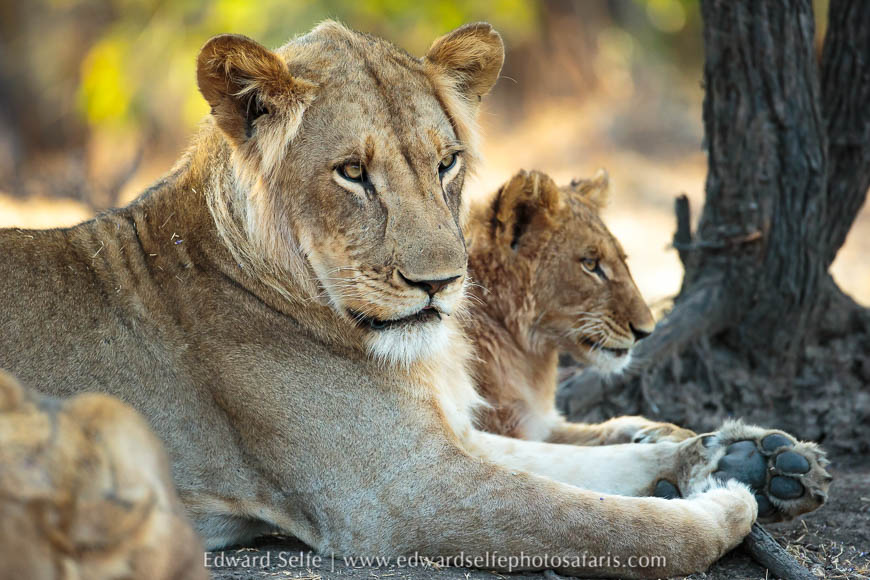
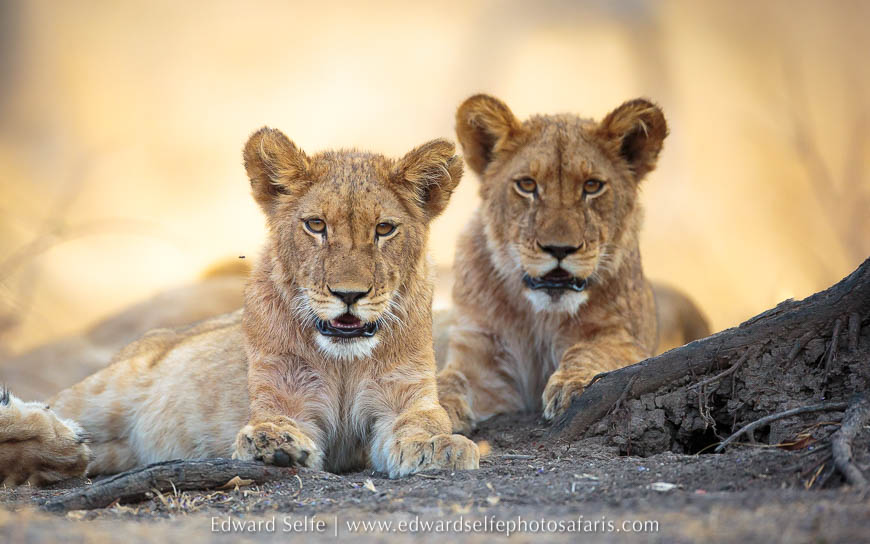
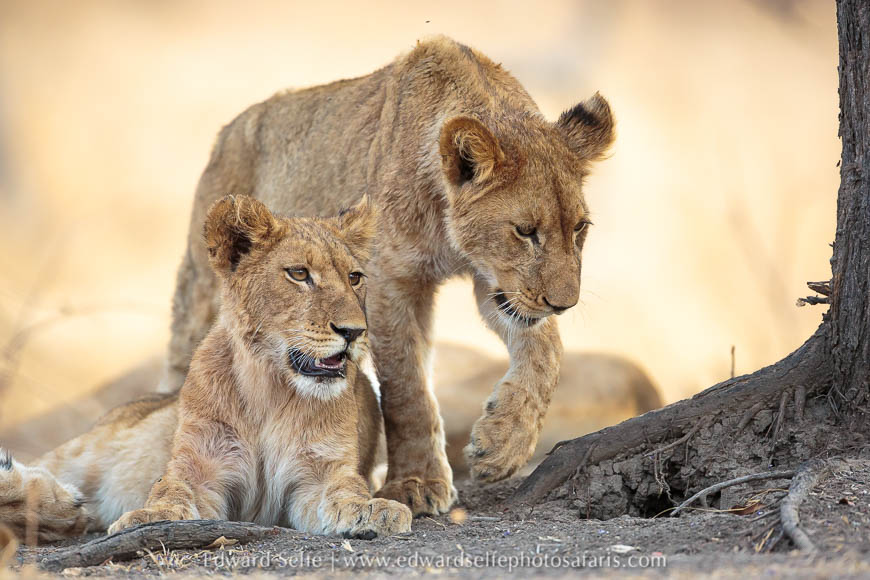
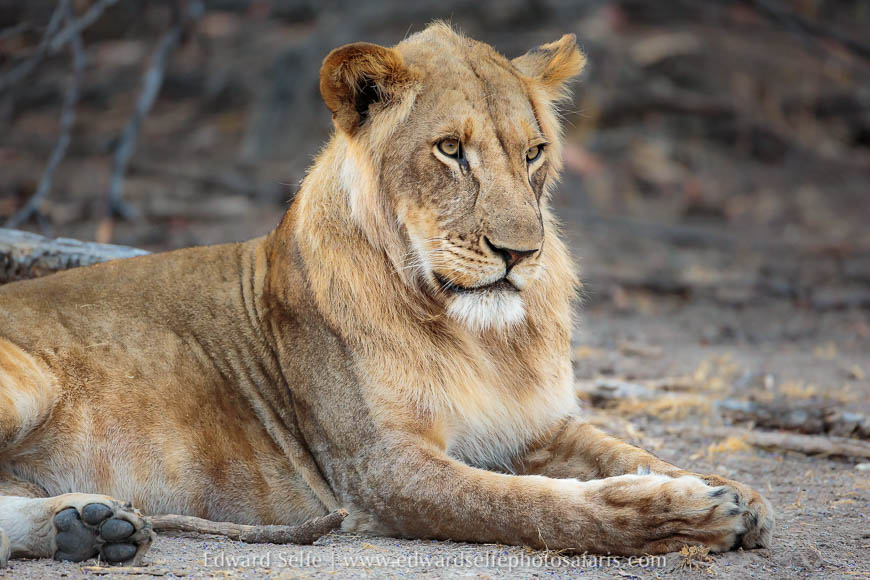
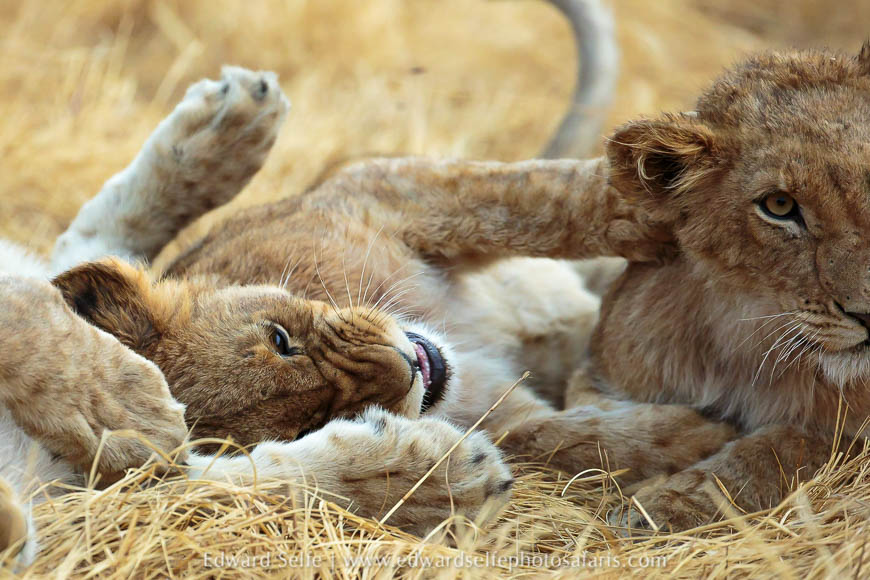
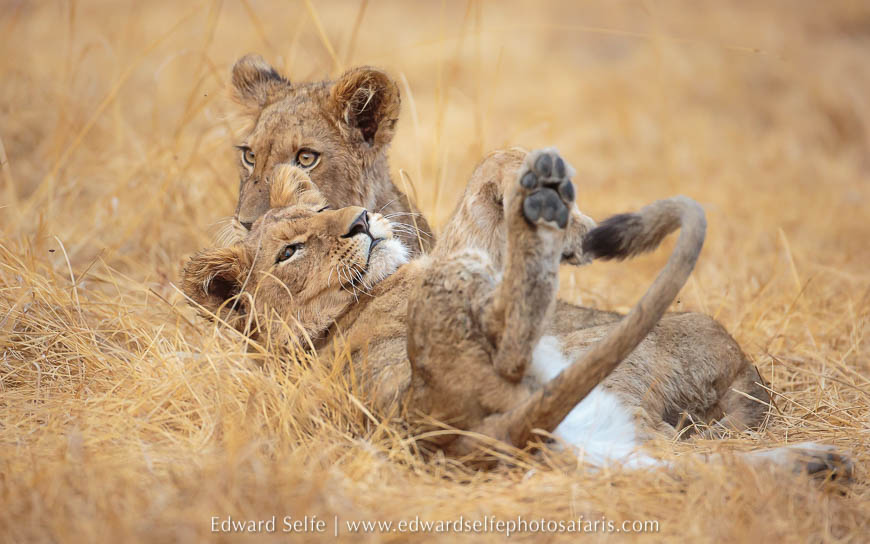
As the sun set, we tried to line up the young male with the dipping orange ball…but the trees weren’t helping us much! Nevertheless, we managed to find an angle and actually the green foliage adds to the image.
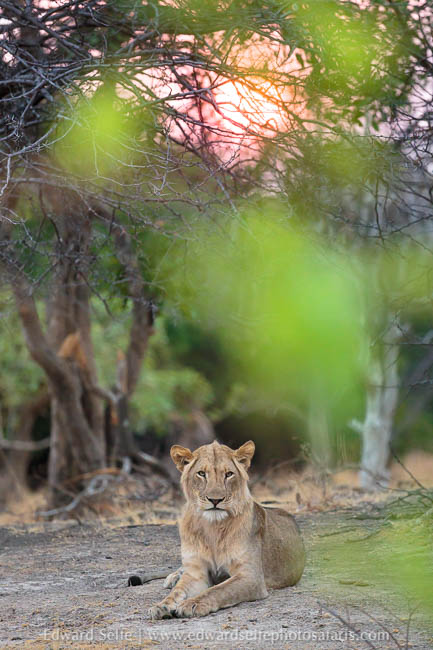
After a superb afternoon, we decided to head to a new area in the morning, with a view to seeing something different and to see the changes that have occurred as a result of Musekese Conservation’s law enforcement work. The increase in the amount of game seen along the lagoons in the nearby ‘special conservation zone’ is dramatic and the relaxed nature of all the mammals we saw is testament to the positive experience that they have with vehicles and people. While poaching and illegal activities are sadly a reality for all wild areas, the work that Musekese Conservation has done — totally supported by JM Safaris from the start — is inspiring. Visitors to this area know that tourism is the corollary to conservation and drives protection for the wider area.
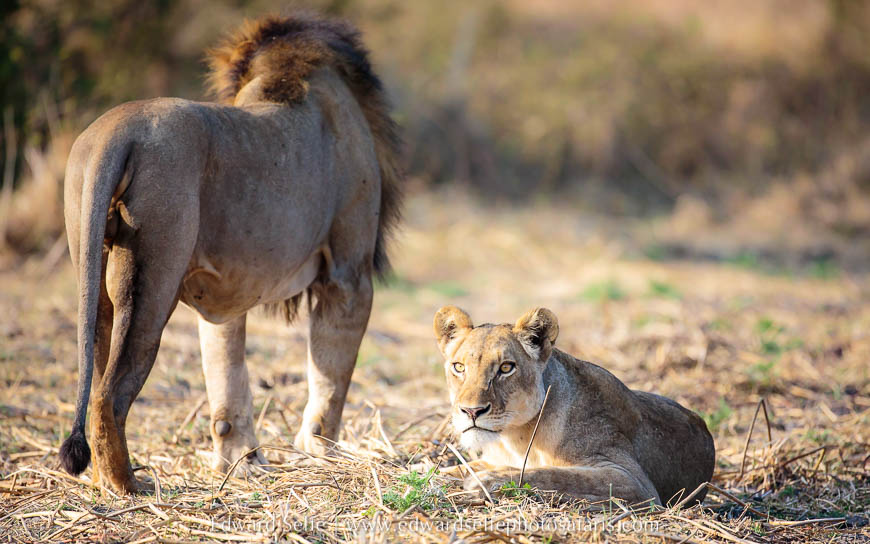
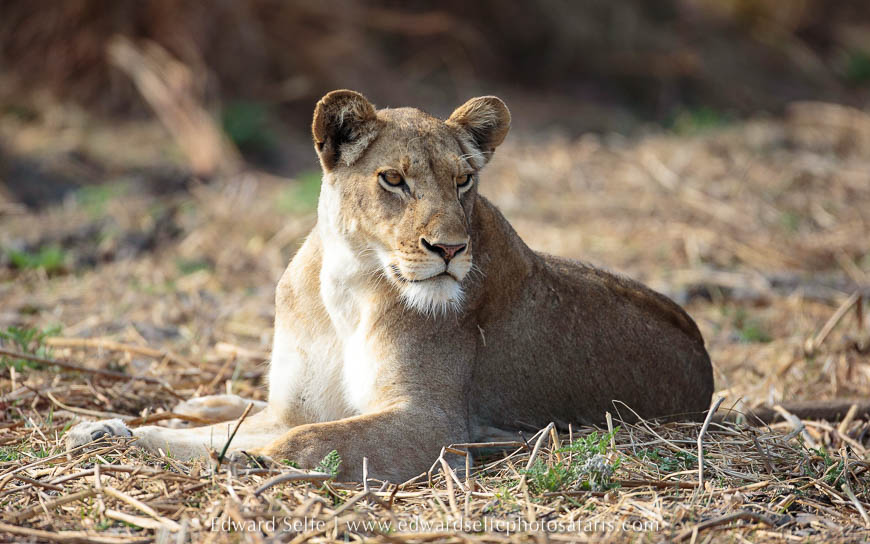
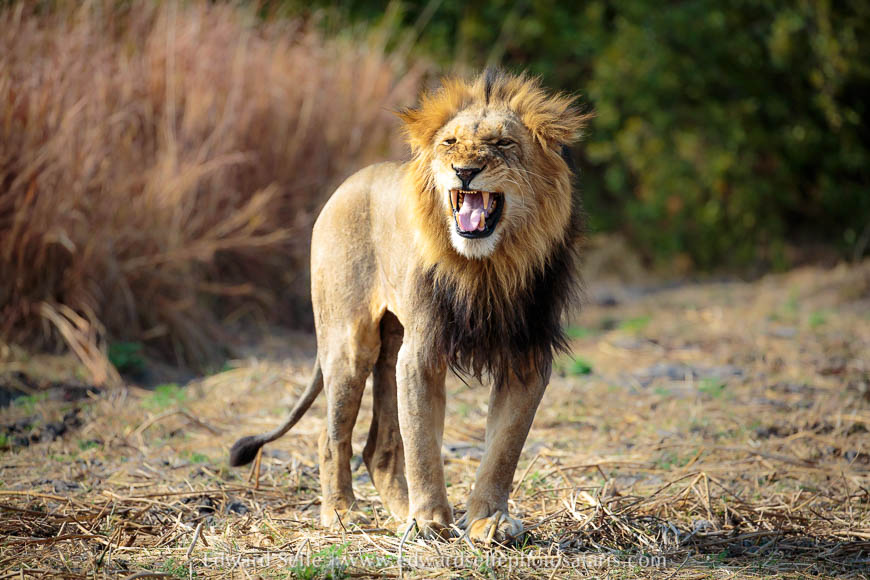
Afternoon outings boating on the river are one of the highlights of visiting the Kafue National Park. We had seen wonderful birds last time I’d visited but I was hoping for some mammals, and particularly leopard or lion lying on the wet sand along the river. Not long after leaving the harbour, a spotted cat was spotted (!) in the shadows of a waterberry tree! The low angle, interesting perspective and intimate distance between us and such an impressive animal made it this very memorable. However, he didn’t hang around long and didn’t emerge on to the roots at the edge of the bank as I had hoped. Nevertheless, it was a great experience and a taster of the possibilities that boating on the river can bring.
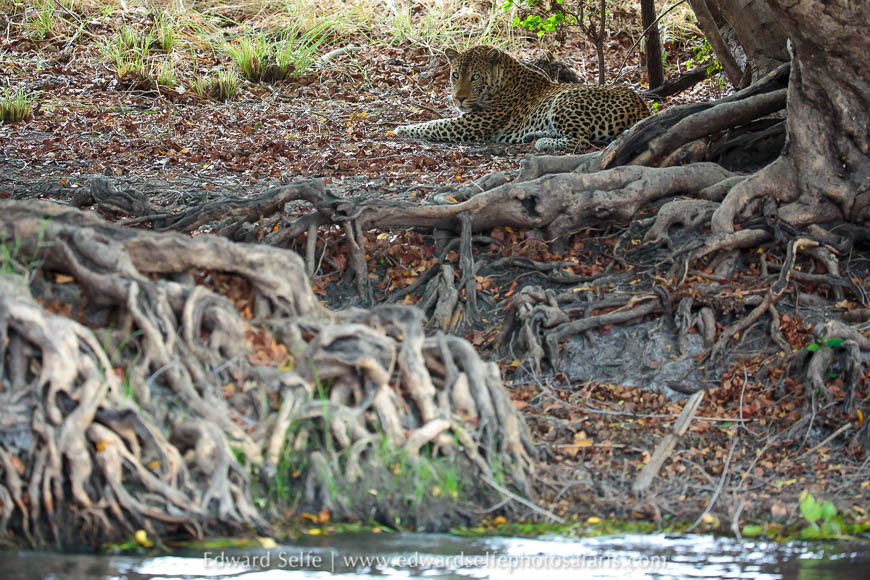
Perhaps the best moment of the outing was reaching an African skimmer colony just as the sun emerged from the clouds and bathed the skimmers in warm light while the sky behind them was dark, steel-grey clouds.
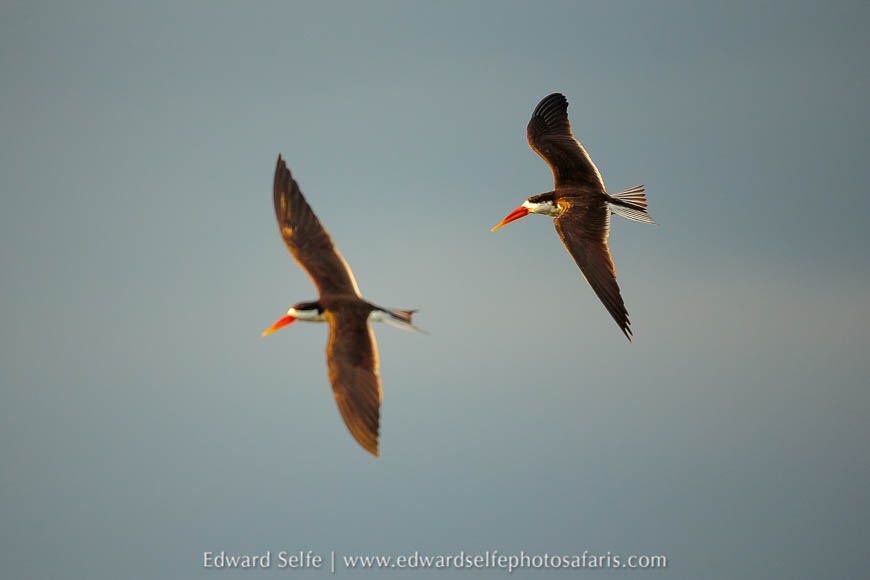
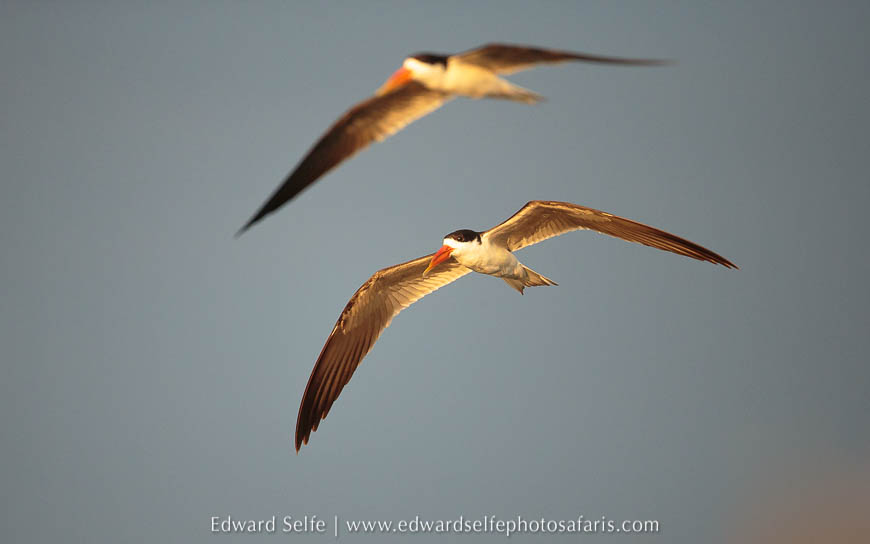
At one point, two skimmers engaged in a squabble (perhaps about nesting sites) which took them high into the sky as they pecked and chased each other. Neither seemed to dominate but eventually they separated and returned to the ground. As observers, we are none the wiser!
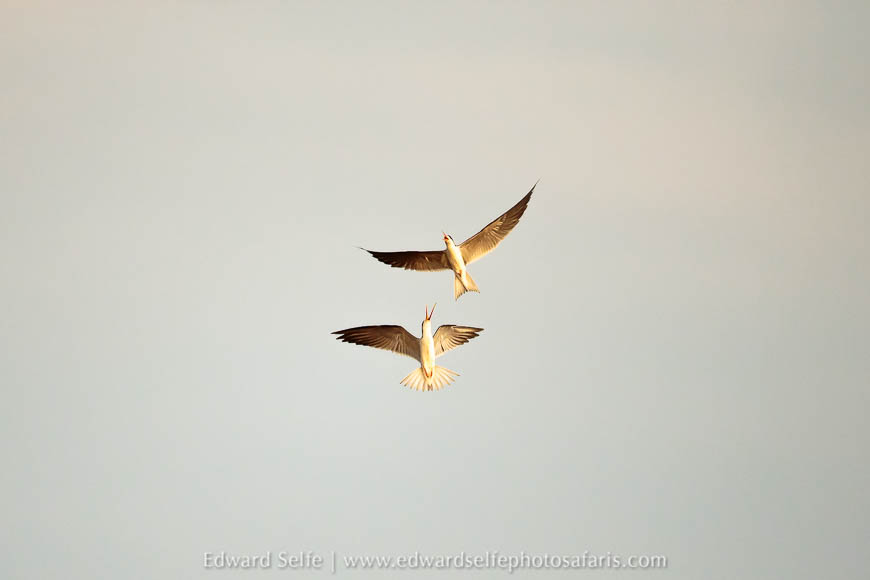
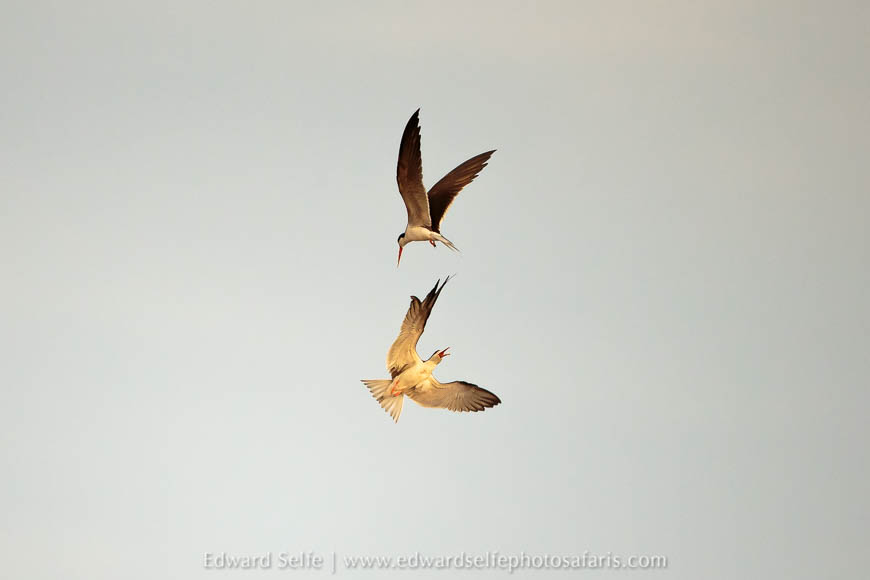
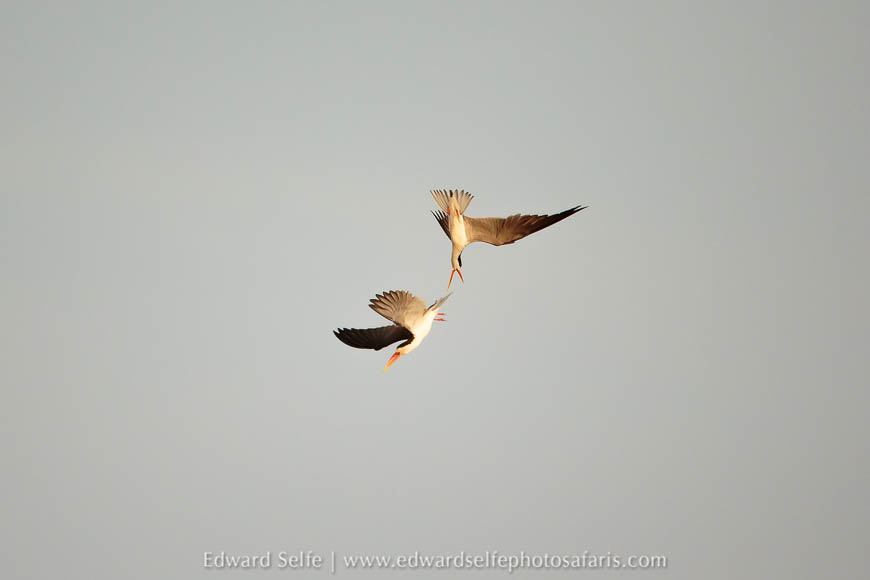
On my final day at Musekese, we spent a stormy morning drive looking for the lions who had serenaded us all night (keeping most of us awake) but without any luck. My luck changed on my return drive to Lusaka when I bumped into a pack of 7 wild dogs on the track out of Musekese towards the main road, one of whom has a radio collar to improve monitoring and protection work on these wide-ranging and rare carnivores.
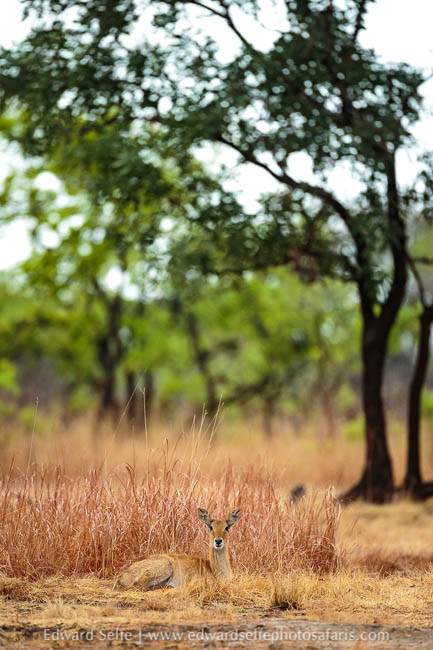
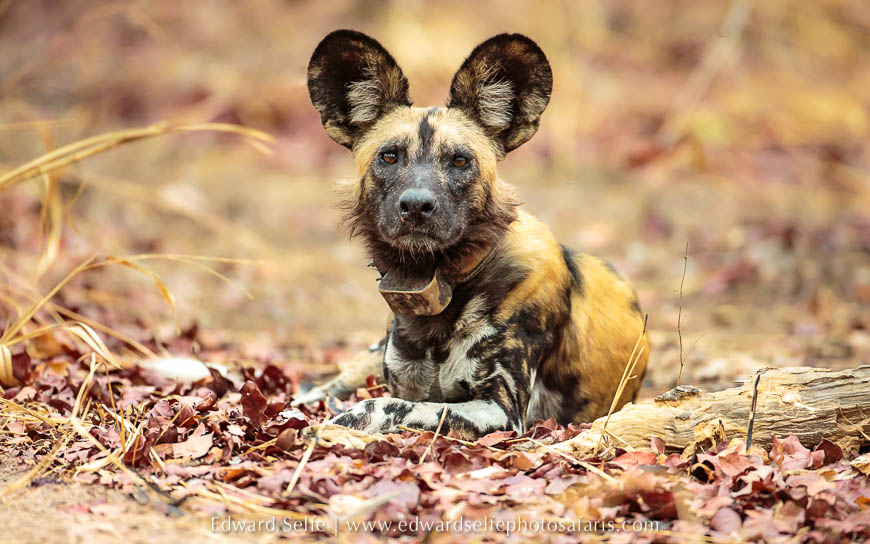
It was a massive treat to go back to Kafue and visit JM Safaris again. It’s reconfirmed my excitement about taking two 10-night trips to the Kafue next year, one in August and one in September. I am much looking forward to a busy and varied safari season in 2021!
Thank you for reading and following along…I will write up my trip to the North Luangwa National Park in a few days. Until then, all the best!

